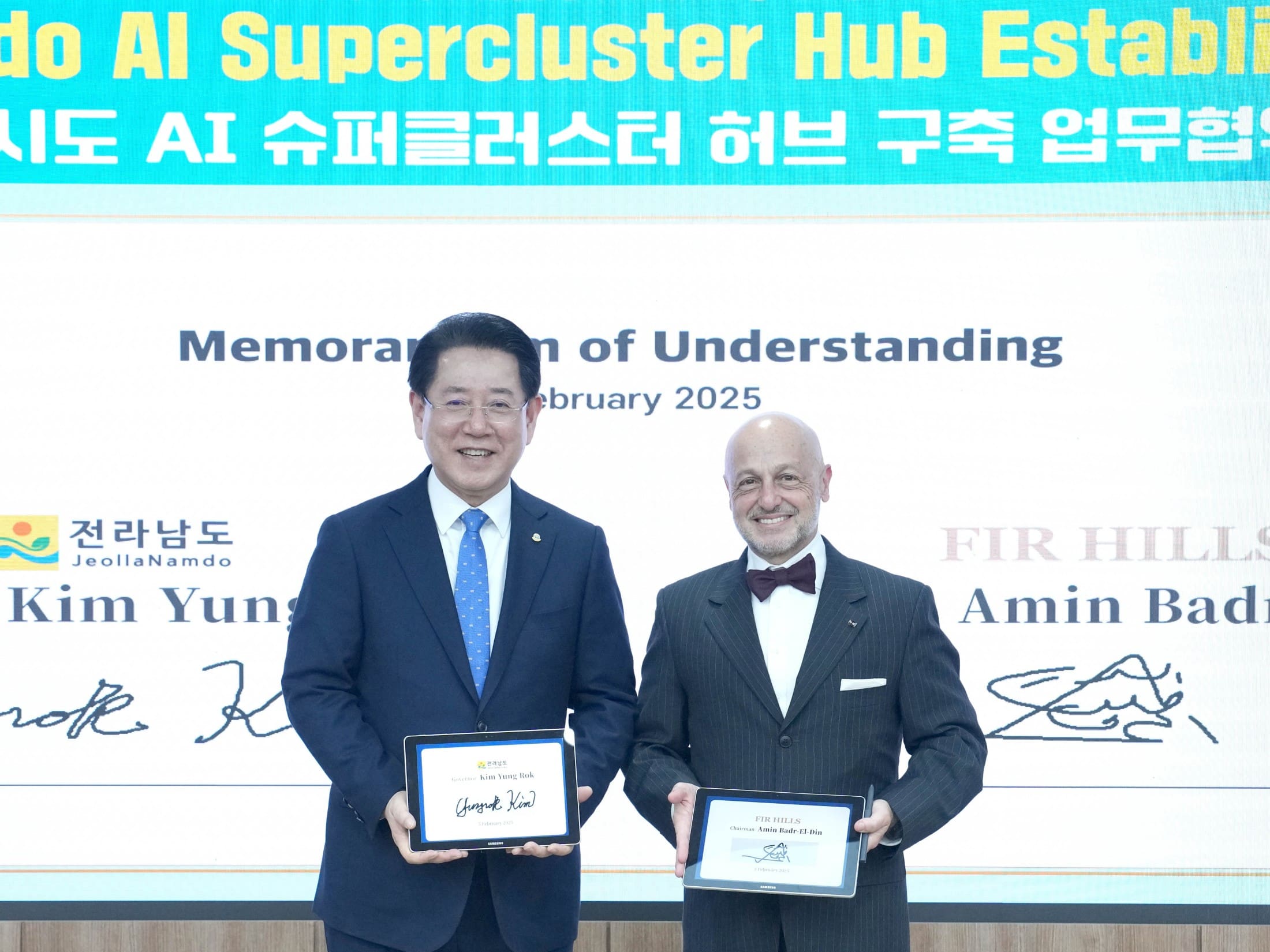In-Short
- South Korea to host the world’s largest AI data centre by 2028, with a 3-gigawatt capacity.
- The $10 billion project, led by Fir Hills and Stock Farm Road, Inc., aims to generate $3.5 billion annually.
- Strategic partnership to create over 10,000 jobs and position South Korea as a leader in AI and data infrastructure.
Summary of South Korea’s AI Data Centre Initiative
South Korea is embarking on an ambitious journey to establish itself as a global leader in technology by constructing the world’s largest AI data centre. The project, spearheaded by Fir Hills, a division of Stock Farm Road, Inc., is set to begin in winter 2025 and is expected to be completed by 2028. With an impressive 3-gigawatt capacity, the facility will be situated in the Jeollanam-do Province and is anticipated to generate an initial annual revenue of $3.5 billion.
The collaboration brings together the expertise of LG heir Brian Koo and Dr Amin Badr-El-Din, who have a history of successful tech ventures. This data centre is designed to cater to the advanced needs of next-generation AI, featuring state-of-the-art cooling systems, high-speed fibre bandwidth, and the ability to handle significant energy load variations.
South Korea’s economy stands to benefit greatly from this development, with the data centre services market projected to reach $438.3 billion by 2030. The project is not only a technological leap but also a catalyst for economic growth, expected to create over 10,000 jobs in various sectors and service the needs of hundreds of large corporations.
Stock Farm Road, Inc. is planning to extend its AI infrastructure partnerships across Asia, Europe, and the US within the next 18 months, leveraging its Energy-to-Intelligence (e2i²) expertise. This move could position SFR at the forefront of global intelligent infrastructure development.
As South Korea continues to emerge as a technological powerhouse with industry leaders like Samsung, LG, and Hyundai, the Jeollanam-do AI data centre is a testament to the nation’s commitment to driving a digital industrial revolution through strategic public-private partnerships.
For more detailed insights, visit the original source.










